Description
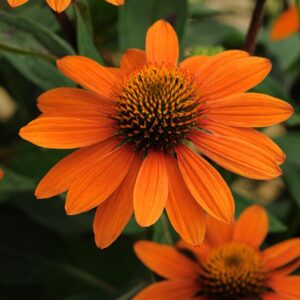 Echinacea × hybrida Sombrero® Adobe Orange
Echinacea × hybrida Sombrero® Adobe Orange
Hybrid Coneflower
USDA Zone: 5-9
A new series of Coneflower bred to produce well-branched, sturdy and compact plants featuring a high bud count. This selection produces very large, single flowers with overlapping orange petals surrounding a large, rust-brown cone. Ideal for sunny borders and growing in mixed containers. Attractive to butterflies. Excellent for cutting. Coneflowers begin blooming midsummer and continue for months if faded flowers are regularly removed. However, keeping some dried flower heads on the plants in fall will provide food for wintering song birds. Dried seed heads also add interest to the winter garden. USPPP: unlicensed propagation prohibited.
Sun Exposure Full Sun
Soil Type Normal or Sandy or Clay
Soil pH Neutral or Alkaline or Acid
Soil Moisture Average or Dry or Moist
Care Level Easy
Flower Color Orange
Blooming Time Mid-Summer Late Summer Early Fall
Foliage Color Deep Green
Plant Uses & Characteristics
Accent: Good Texture/Form Attracts Butterflies
Attracts Hummingbirds Border
Containers Cut Flower
Deer Resistant Dried Flower
Drought Tolerant Massed
Specimen
Flower Head Size Large
Height 23-25 inches
Spread 16-18 inches
Foot Traffic None
Growth Rate Medium
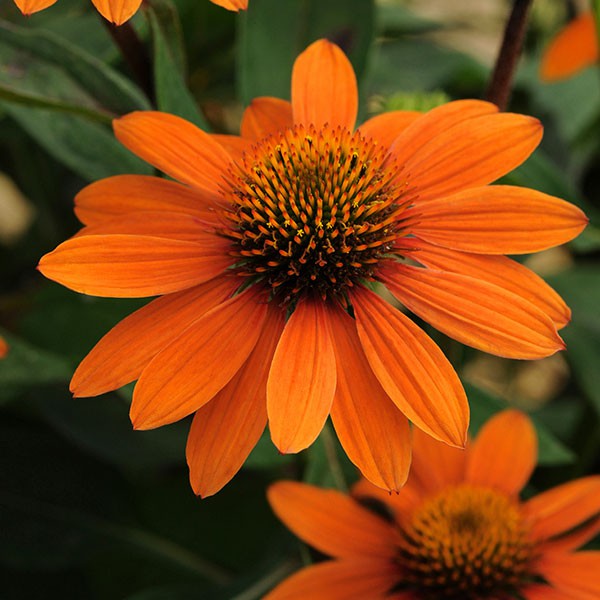
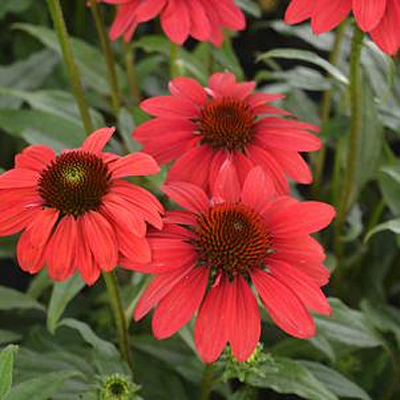
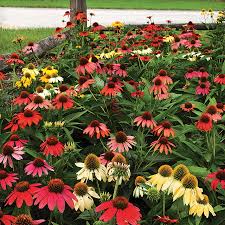
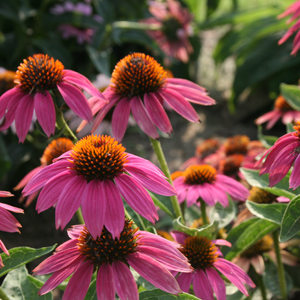
Reviews
There are no reviews yet.